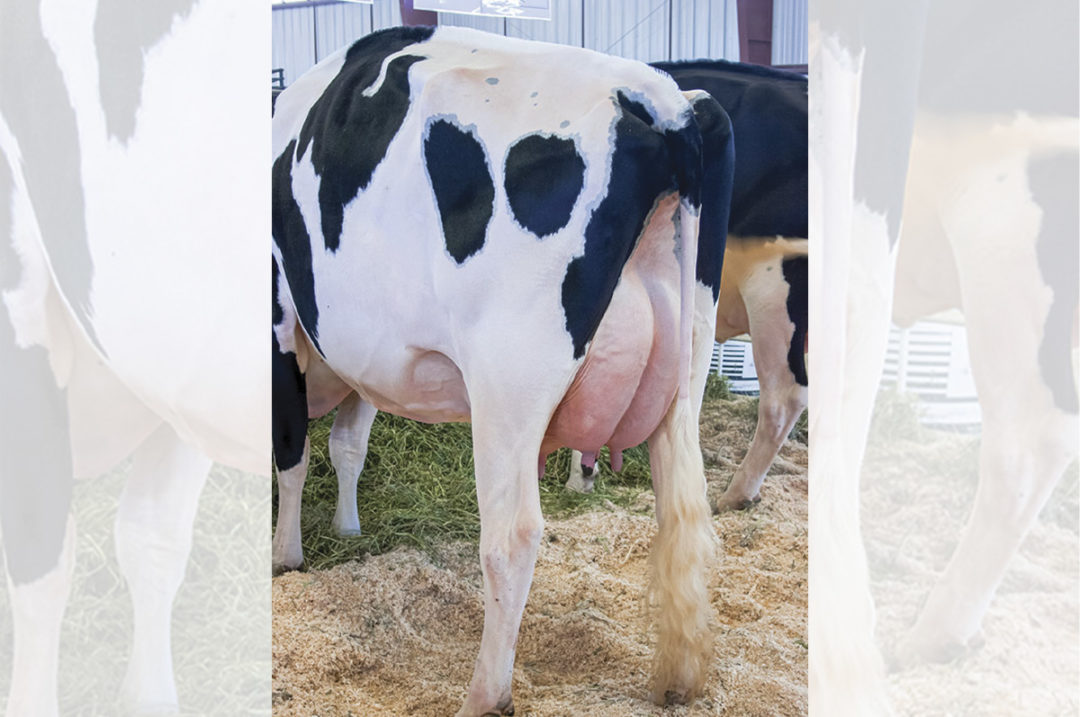Many dairy farmers have experienced at one time or another a challenge with high bacterial cell counts in the milk tank. And, if you have, you know the struggle to reverse it. It seems no matter what you do, the bacteria keep coming back. Often, it can be blamed on biofilm, an extracellular polymeric substance. It builds up inside the pipeline, hiding bacteria during the cleaning process and allowing them to keep growing.
The same thing happens when a cow gets mastitis. But new, novel approaches allow you to reduce and prevent biofilm and fight mastitis bacteria in a different way.
Biofilm and mastitis
Most pathogenic bacteria produce biofilm to some degree. However, recent research showed that a high proportion of microorganisms that cause mastitis have the ability to form biofilm. The study looked at milk samples from cows with mastitis and tested the microorganisms for their ability to form biofilms, as well as their sensitivity to antibacterial drugs.
Staphylococcus aureus is notorious in mastitis and notorious for biofilm formation, which makes it very difficult to eliminate. E. coli and S. uberis were also among the 309 isolated mastitis-causing microorganisms found to possess biofilm-forming abilities.
Each pathogen was also discovered to have different levels of sensitivity to antimicrobial agents. Because mastitis isn’t caused by a single pathogen, rather by multiple types of pathogens together, it can be difficult to treat with traditional methods of antibiotics.
How biofilm is formed
Biofilms attach to surfaces and can occur anywhere in the cow’s body. The estimated interior surface area of the udder is over 2,700 square feet (or 250 square meters). That presents a lot of surface area for bacteria to establish biofilm on and makes it difficult to fight.
Bacteria typically establish themselves then go into a growth step and start producing biofilm. As this population grows, they are released from the biofilm and go through the process again, establishing growth elsewhere.
Biofilms also allow bacteria to collect nutrients from the flowing liquid and to exchange nutrients between different types of bacteria, helping support bacteria growth.
Bacteria defense system
Biofilm is formed as a defense mechanism for bacteria to protect themselves against threats from their environment. Bacteria can essentially hide in the biofilm until threats have passed and then emerge and continue growing.
These threats can include both antibiotics and the cow’s own immune system – both of which can’t penetrate the biofilm layer. In fact, microbiologists have found that the exposure of bacteria to low concentrations of antibiotics can prompt the formation of biofilm. The antibiotic levels aren’t enough to kill the bacteria, and instead they recognize it as a threat and produce more biofilm to protect themselves.
By looking at alternative methods to remove and prevent biofilm, we can support the cow’s immune system in a natural, effective way and reserve antibiotics for when they are most necessary.
Quorum sensing
The creation of biofilm is reliant on the process of quorum sensing – the way bacteria interact and communicate with each other. Through quorum sensing, bacteria release signal molecules to identify how many similar bacteria are in the environment.
Bacteria can change their pathogenicity and behavior based on the number of bacteria present. When bacteria are alone, they are essentially inactive. However, when they detect a large enough group of the same microorganisms, bacterial cells undergo a phenotypic shift and start forming biofilm.
Anytime there’s pathogenic bacteria present, the goal is to prevent biofilm from forming. Without quorum sensing, bacteria can’t create or maintain biofilm. By reducing or eliminating quorum sensing among bacteria, their defense is removed, allowing animals to respond to the infection more effectively.
After the biofilm is destroyed, the animal’s immune cells clean the udder by removing the broken biofilm, mainly via the teats.
If you have mastitis in your herd, chances are you have biofilm buildup in udders. Reduce mastitis by utilizing new technology to inactivate quorum sensing, reduce biofilm and support the cow’s immune system in a natural, effective way.








